Motorola Synths: These Gorgeous Classic Synthesizers Are All Powered by the Same DSP Chips
Amazing Motorola-powered digital synths from Access, Novation, Korg, and more!
Some of the best-sounding digital synths of the 1990s and 2000s all feature chips from the same manufacturer. These are the Motorola synths – and some are still being made today.
Motorola Synths
When virtual analog synthesis appeared in the mid-‘90s, it was like a breath of fresh air. After so many years of knobless workstations and black box rack synths, to finally have hands-on control back was a wonderful thing. More than just the interface, though, virtual analog synths provided analog-style sound but now bolstered with all the additional power of digital: more polyphony, more modulation, more of everything.
One reason many of these VA synths were so popular was because of the sheer gorgeousness of their sound. Although released by many different companies, from Waldorf to Novation to Access, they all had something in common: they all used chips from the same manufacturer: Motorola. The Motorola DSP5600 series – and more specifically the 56300 chips – are what allowed these synths to do what they did.
Today, let’s celebrate this era of DSP-powered virtual analog instruments by looking at five of the best Motorola synths.
Motorola Synths: Clavia Nord Lead
The synthesizer that kicked off the virtual analog revolution in a big way was Clavia’s Nord Lead. Made with the help of Peter Jubel of Propellerhead Software, the Nord Lead offered analog-style synthesis rendered in code, with two oscillators with sync and frequency modulation, a multimode filter, two LFOs, two envelopes and a unison mode. Powering it all was a Motorola 56002, which offered four voices of polyphony. The follow-up, Nord Lead 2, used four of the same 56002 chip to provide 16 voices of polyphony.
Clavia stayed with Motorola chips for a few more Nords, including 2001’s Lead 3 (six Motorola 56362 chips), Lead 2X (two 56362 chips), and Modular (four 56303 chips expandable to eight). The Micro Modular had one 56303 chip.
Clavia has since moved on from Motorola chips and now uses custom-designed ones, as in the analog-modeling Nord Lead A1.

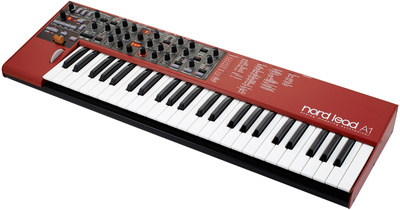
Motorola Synths: Waldorf Q
When Waldorf released its first synthesizer, the Microwave, in 1989, it used Curtis CEM analog lowpass filter chips to temper its digital wavetables. For the follow-up, 1997’s Microwave II, the company went all-digital and it used a single Motorola 56303 DSP chip to do it. The same chip was re-used for the XT, the knob-festooned 5U rackmount version of the II.
When it came time for its first virtual analog synth, 1999’s Q, Waldorf went back to the Motorola well and again pulled up a 56303. The Q actually has three of them inside: two for the synth and one dedicated entirely to effects. However, the microQ manages to get everything done with just a single chip, the faster 56362. (Note that there’s some confusion over whether the original Q had 56303 or 56362 chips. Sound On Sound has it as the 56303 in a preview of the synth published in 1999. It’s possible that the chip used changed during its production run.)
If you like the sound of the Q but don’t want to pay vintage prices, the ever-popular Blofeld features not only the sound engines of the Microwave but also the Q. That’s because it most likely houses a modern version of the DSP56362 chip.

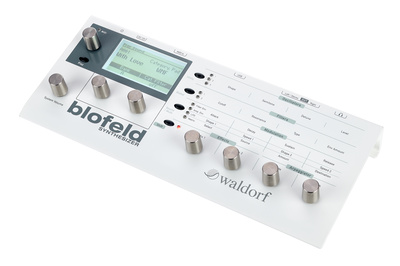

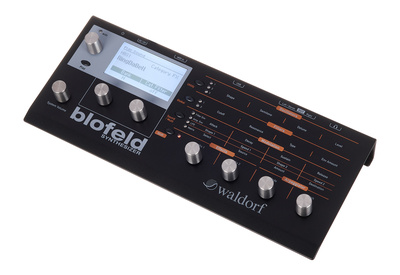

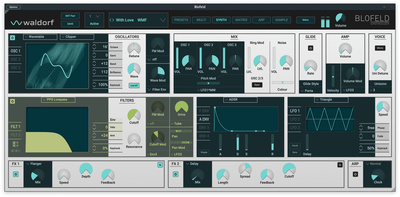
Motorola Synths: Novation Supernova
Although Novation had its first big success with the BassStation, a decidedly analog synth released at a time when analog was very unpopular, the company soon took advantage of modern DSP technology and made some of the most famous VA synths of the ‘90s and 2000s.
Supernova, released in 1998, was made with the help of Chris Huggett, who was never afraid of getting his hands digitally dirty. With 16-note polyphony (later expanded to 20), three DCOs, and a very extensive effects section, the Supernova needed lots of power under the hood. It got it from eight 56303 chips. The cut-down Nova changed the chipset to five 56362 chips plus a single 56303 for the effects. Supernova II, which came out in 2000, needed eight of those 56362 chips – plus the lone 56303 on effects duties.
Novation has largely retired its Nova line with the exception of the MiniNova, which is based on the UltraNova, which is itself based on the Supernova II. While it probably doesn’t have those same Motorola chips, it’s a good bet that they’re modern descendants.

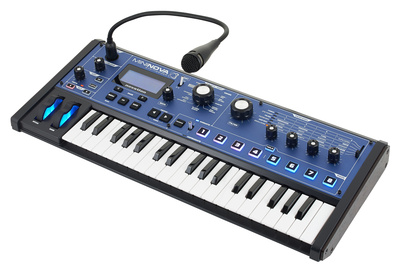
Motorola Synths: Access Virus
You can’t talk about the golden age of virtual analog without mentioning Access’ line of Virus synths. Starting with the Virus A in 1997, they pretty much defined the sound of late-90s trance. Just throw in a JP-8000 supersaw and you’re headlining the Love Parade.
All of the Virus synths famously used Motorola (or Motorola-associated) chips, with most models managing to squeeze all of its power from a single chip. The Virus A housed a 56303, the same as the Novation Supernova, Waldorf Q and Nord Modular. For the Virus B, initial revs (the S) featured the 56303 but Access upgraded to the 56311 for the T rev. The ever-popular 56362 made it into the Virus C. When it came time for the TI series, Access went with the Freescale 56367, giving one to the TI Snow and two each to the TI and TI2.
Although no longer being made, you may still be able to find a new TI2 model for sale.
Motorola Synths: Korg MicroKorg
At the turn of the millennium, Korg released the MS2000, a four-voice virtual analog synth inspired by the original 1970s MS series. Fully featured, the MS2000 managed to get two oscillators (including DWGS waves), a multimode filter, plenty of modulation and even effects all from a single Motorola DSP56362. The synth was well-received at the time and remains a high watermark for virtual analog synths.
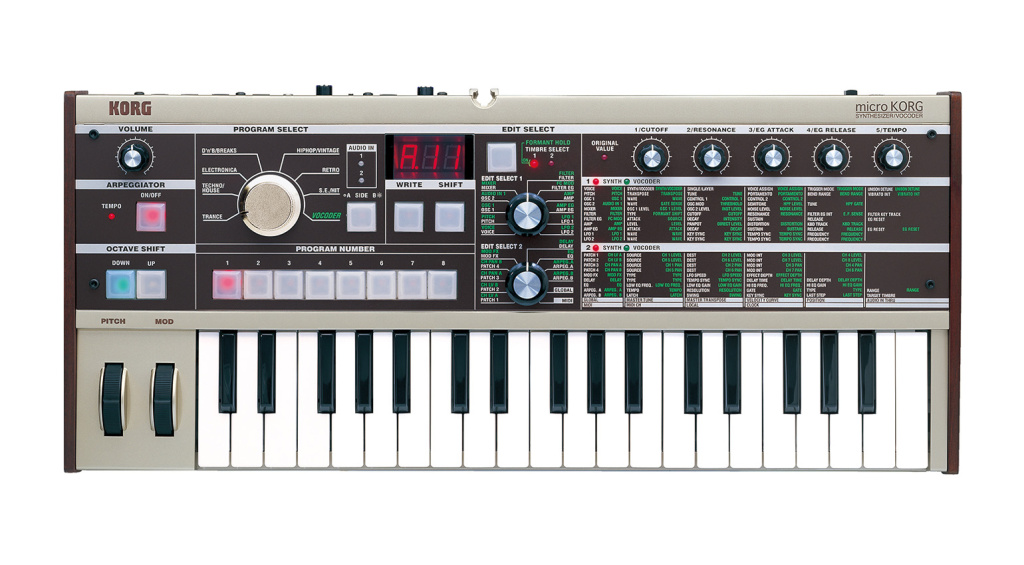
The real success story here, however, is the MS2000’s little brother, the MicroKorg. Although it has less hands-on control, it gives you largely the same synthesis engine – and for much less money than the original. And yes, it also has a 56362 chip at its core. It’s still in production and one of the best-selling synths of all time. Not bad for a DSP in a box.

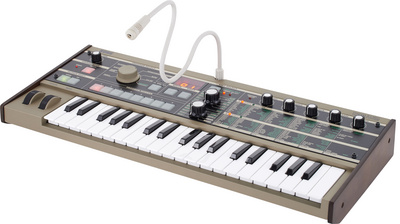

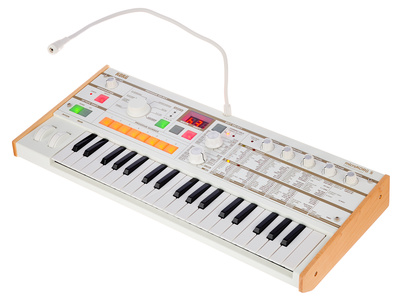

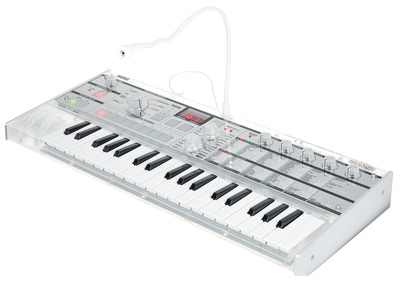
More Information
- List of chips used in synthesizers
- All about synthesizers
6 responses to “Motorola Synths: These Gorgeous Classic Synthesizers Are All Powered by the Same DSP Chips”

You are currently viewing a placeholder content from Facebook. To access the actual content, click the button below. Please note that doing so will share data with third-party providers.
More InformationYou are currently viewing a placeholder content from Instagram. To access the actual content, click the button below. Please note that doing so will share data with third-party providers.
More InformationYou are currently viewing a placeholder content from X. To access the actual content, click the button below. Please note that doing so will share data with third-party providers.
More Information

 4,7 / 5,0 |
4,7 / 5,0 | 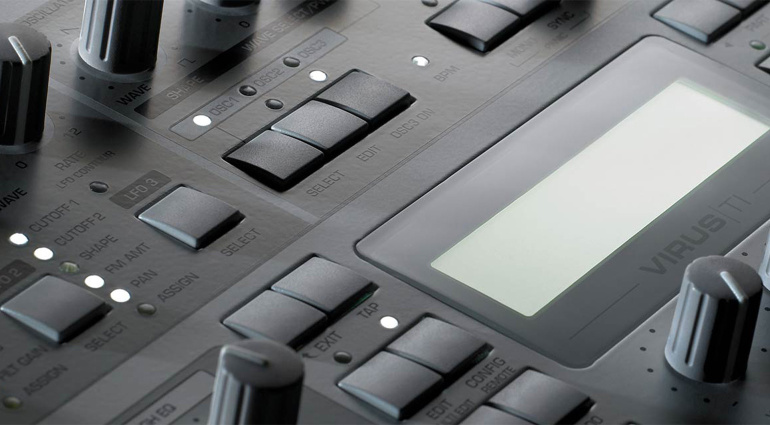


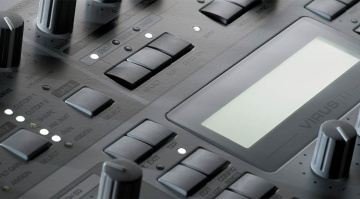


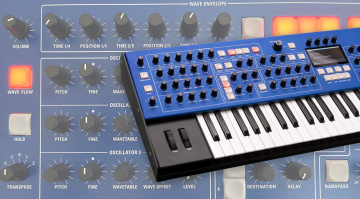
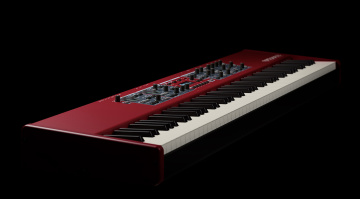
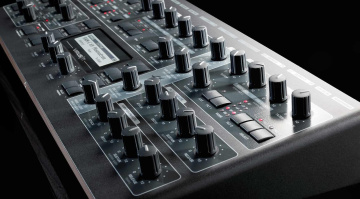
Let’s not have a bad word said about the Ultranova. Wasn’t it the first one powered by USB? Wasn’t it the first one with a controller/librarian VST that worked? Wasn’t it the first VA to do wavetable as a 2nd job? Isn’t it also, ladies and gentlemen of the jury, the ugliest fucking synth ever made? And because of that, they are getting harder to find. Who’d have believed that VA might one day be sought-after? 😎
All the links in this story are for a vendor who will not ship to my country. Why waste our time like this? Please filter your stories or at least your links by region.
Romanticising DSP chips seems a bit daft to me. 5 pin MIDI cables next?
These DSPs can now be emulated, so you can run the code for these synths on any modern PC. What a wonderful time to be alive 😜: https://dsp56300.wordpress.com/
Yeah, ok, software code needs processor to run. That’s all what these synths have in common. But all the sound quality variations between models comes from digital to analog converters among other components inside.
Blofeld is using a DSP56371.
Nord is not using custom-made DSPs these days, they are using SHARCs.
Ultranova and Mininova are both using a DSP56724.